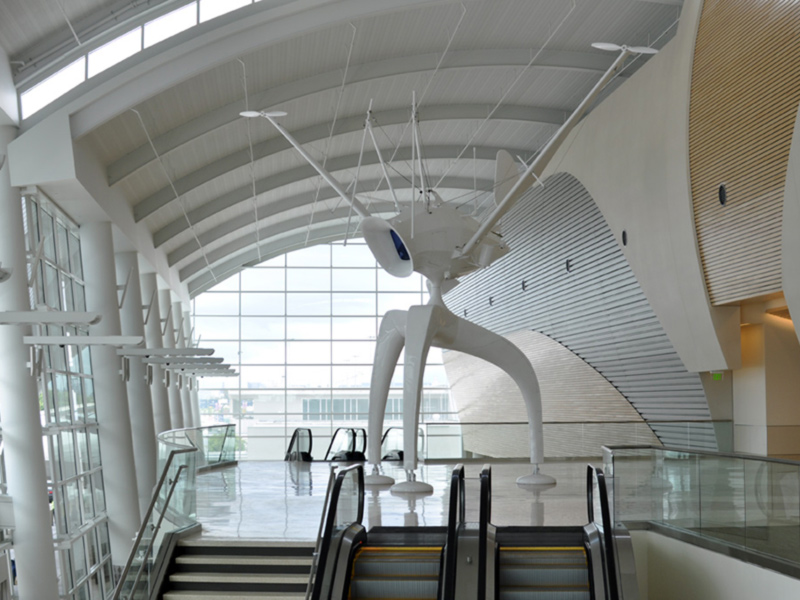In 1990, passage of the federal Airport Noise and Capacity Act (ANCA) resulted in severe limitations on the ability of airports to regulate noise. Under ANCA, any newly proposed airport operational restrictions or limitations require extensive analysis and Federal Aviation Administration (FAA) approval before they can be implemented. Additionally, federal grant assurances require that the airport be available for public use on reasonable terms and without unjust discrimination, which new restrictions could impede upon.
It is FAA policy that airport use restrictions should be considered only as a measure of last resort when other mitigation measures are inadequate to satisfactorily address a noise problem and a restriction is the only remaining option that could provide noise relief.
An airport restriction also must not create an undue burden on interstate commerce. The FAA will make the determination on whether it is an undue burden. While airport restrictions may have little impact at one airport, they may have a great deal of impact at others by adversely affecting airport capacity or excluding certain users from the airport. The magnitude of both impacts must be clearly presented. Any regulatory action that causes an unreasonable interference with interstate or foreign commerce could be an undue burden.
Areas within the 65, 70, and 75 CNEL/DNL noise contours are what the FAA considers to be the most impacted by aircraft-generated noise. From 1995-2009, the airport managed an Acoustical Treatment Program to treat affected residences within the 65 CNEL/DNL area and certain “significantly impacted” homes inside the 60 CNEL/DNL. $140 million was spent soundproofing the interiors of 2,675 homes and four schools. The program paid for new insulation, windows, doors, and air conditioning units. Currently, no residences within the 65 CNEL/DNL contour are considered incompatible with the noise generated by aircraft at SJC.
To conclude, it is extremely difficult to enact any new restrictions on aircraft operations. Restrictions not specific to areas within the 65 CNEL/DNL contours fall outside of the airport’s FAA-approved Part 150 Noise Compatibility Program designed to mitigate noise impacts. Part 150 identifies residential land uses as being normally compatible with noise levels below 65 CNEL/DNL.
The City of San José established and began enforcing a noise-based curfew program during the hours of 11:30 p.m. and 6:30 a.m., which allows aircraft certificated by the FAA at a noise level at or below 89.0 EPNdB (average of take off, sideline and approach noise levels) and aircraft listed on the Schedule of Authorized Aircraft available on the Airport’s website, to fly during the curfew hours.
In the event that an aircraft with an FAA certificated noise level at or higher than 89.1 EPNdB, (average of take off, sideline and approach) or an aircraft not listed on the Schedule of Authorized Aircraft operates during the curfew hours of 11:30 p.m. and 6:30 a.m., the Noise Office begins investigating the reason for the curfew intrusion as required by the City of San Jose Municipal Code. The aircraft operator must reply to the Noise Office and document the reason for the aircraft operating during the curfew hours.
If the Noise Office staff finds that the aircraft operated during the curfew hours due to factors beyond the control of the operator such as weather in another city, mechanical delays, or FAA air traffic control delays, the flight is found to be in compliance with the City of San Jose Municipal Code and is not penalized for the operation.
If the Noise Office staff finds that the aircraft operated during curfew hours and the flight was scheduled for charter activities, was delayed due to a controllable event earlier in the day or found to be violating the City of San José Municipal Code, that airline will be penalized $2,500 per operation.


